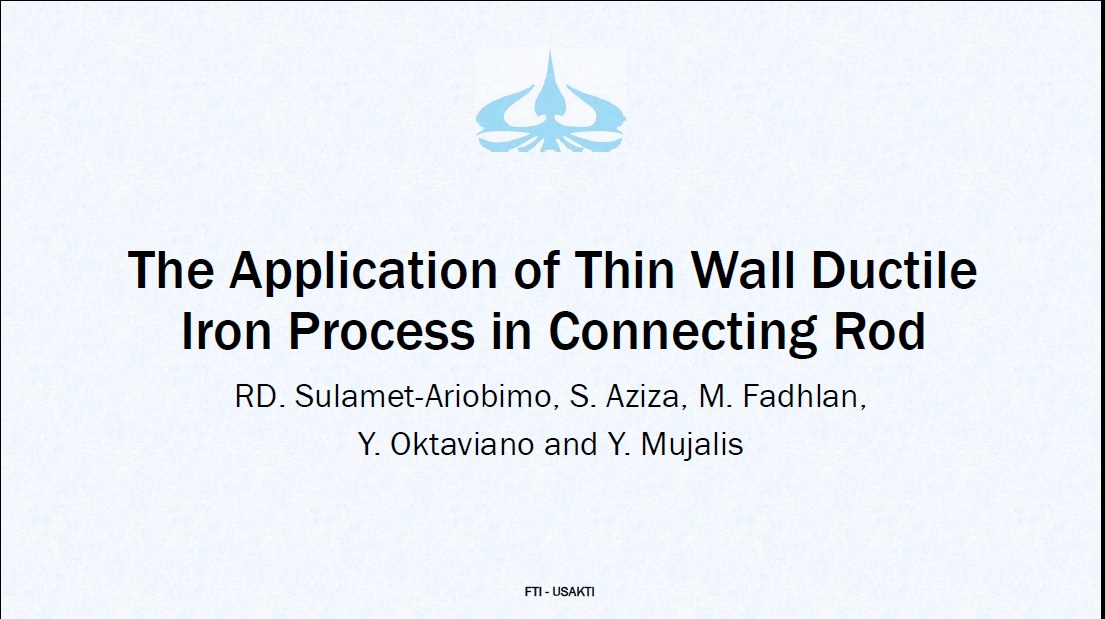
The aim of applying thin wall casting (TWC) technique in ductile iron is to restore the uses of ductile iron in automotive components. TWC will allow ductile iron to compete with lightweight materials, such as aluminium. Nowadays, lighter weight automotive components are needed to reduce fuel consumptions. Applying TWC technique, also known as thin wall ductile iron (TWDI) and thin wall austempered ductile iron (TWADI), in ductile iron also meant guaranteeing that the quality and characterization of the ductile iron are not compromised. This study attempts to investigate the thinnest part of I-beam that can be produced without disturbing the quality and characterization of ductile iron following the outcome of I-beam thickness changing from 4 to 3 mm. The casting design used in this study is the same casting design used in previous study. All the designs were analyzed using Z-Cast simulation software and feasibility for production is examined. All the designs were then casted in a foundry to verify the result of simulation. The cast products were tested in a metallography examination and a tension-compression test which will be discussed comprehensively in other studies. The cast products showed that thin wall ductile iron connecting rod with an I-beam thickness of 2 mm can be produced. Further study for 1mm beam thickness is still needed. Keywords: TWDI, TWADI, connecting rod, vertical casting, design.

Oleh :
Yoska Oktaviano